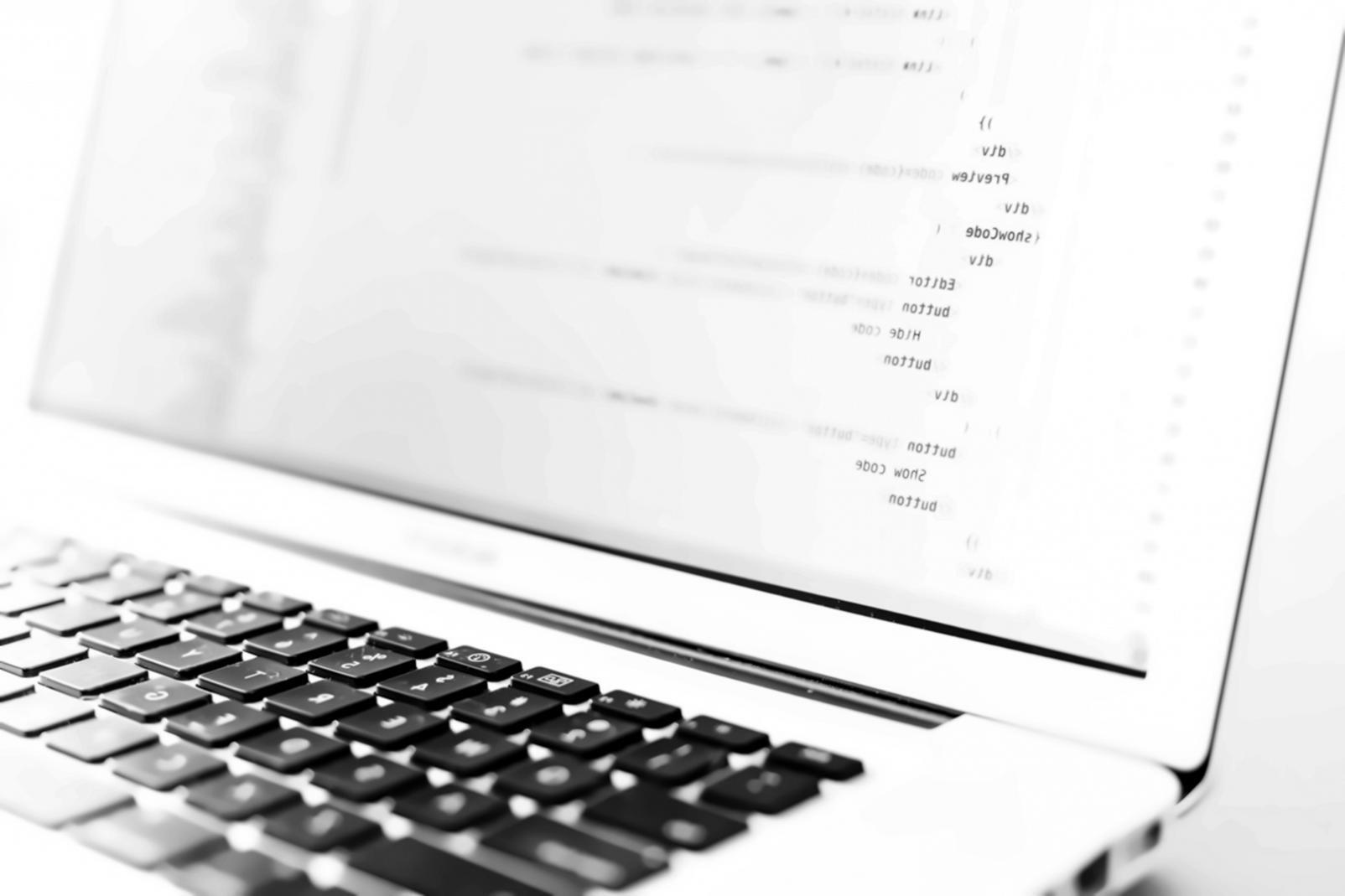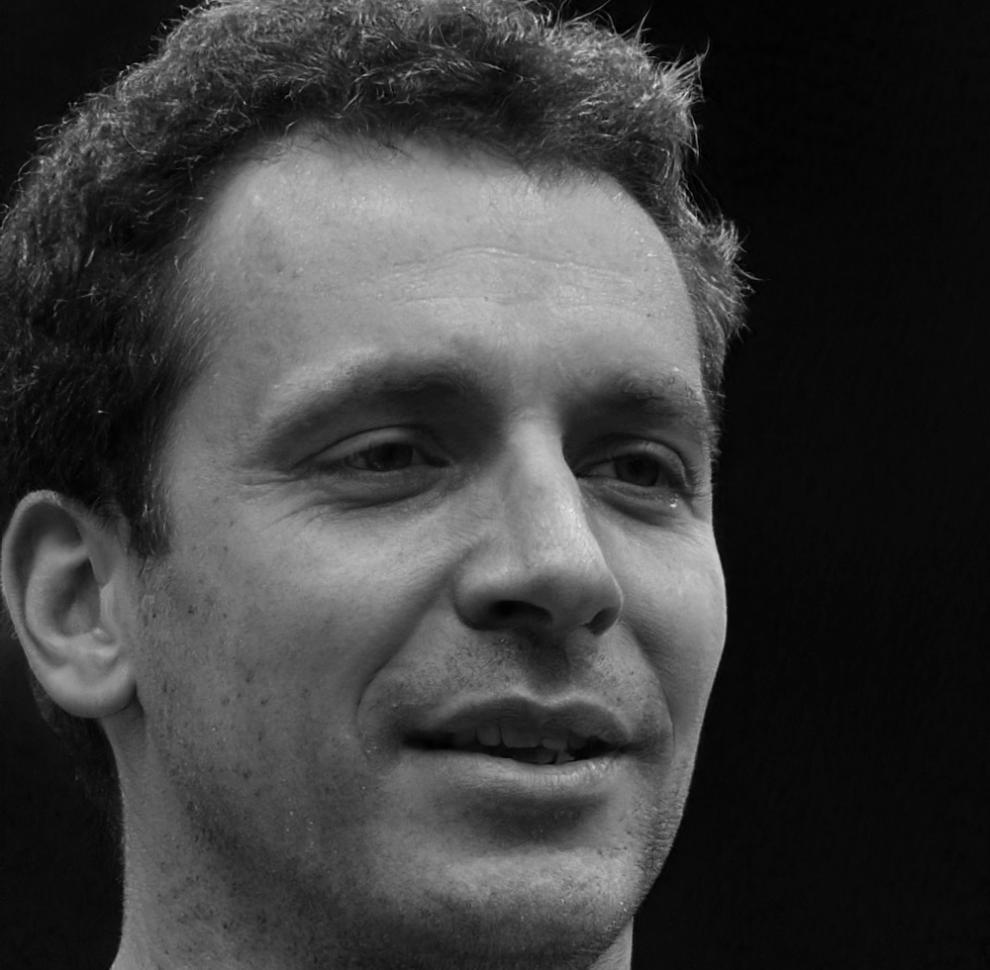Apps That Actually Work in Japan
We build iOS and Android apps that Japanese users love. No corporate fluff, no endless meetings — just solid development that gets your idea to market fast and right.
Start Your ProjectWhy Most App Projects Fail (And How We Fix That)
Japan-First Development
Performance First
Japanese users expect apps to load in under 2 seconds. We optimize every line of code and test on older devices that are still common here.
Cultural Design
Interface patterns that work in Silicon Valley often confuse Japanese users. We design specifically for local expectations and behaviors.
Store Success
Getting featured in Japanese app stores requires specific strategies. We know the review process and what keywords actually work here.
Real Testing
We test with actual Japanese users, not just internal teams. This catches usability issues before they become expensive problems.

From Idea to App Store in 45 Days
Most agencies drag projects out for months with unnecessary revisions and scope creep. We work differently.
Week 1-2: Solid planning and wireframes. Week 3-5: Core development and testing. Week 6-7: Polish, store submission, and launch support.
You get regular updates, working builds to test, and honest feedback if something isn't working. No surprises, no hidden costs.
iOS and Android That Actually Match
Ever notice how some apps feel completely different between iPhone and Android? That's because many developers just copy-paste code without thinking about platform differences.
We build native apps that respect each platform's design principles while maintaining your brand consistency. iPhone users get iOS patterns, Android users get Material Design, everyone gets a smooth experience.
Both versions launch simultaneously. No waiting months for the "other platform" to catch up.


Support That Doesn't Disappear
Launch day isn't the finish line — it's when the real work starts. User feedback, bug reports, store updates, new iOS versions that break things.
We stick around. Every app comes with 90 days of post-launch support included. After that, monthly maintenance packages start at ¥45,000 for small apps.
Our clients know they can reach us when something needs fixing. Usually within a few hours, not weeks.

